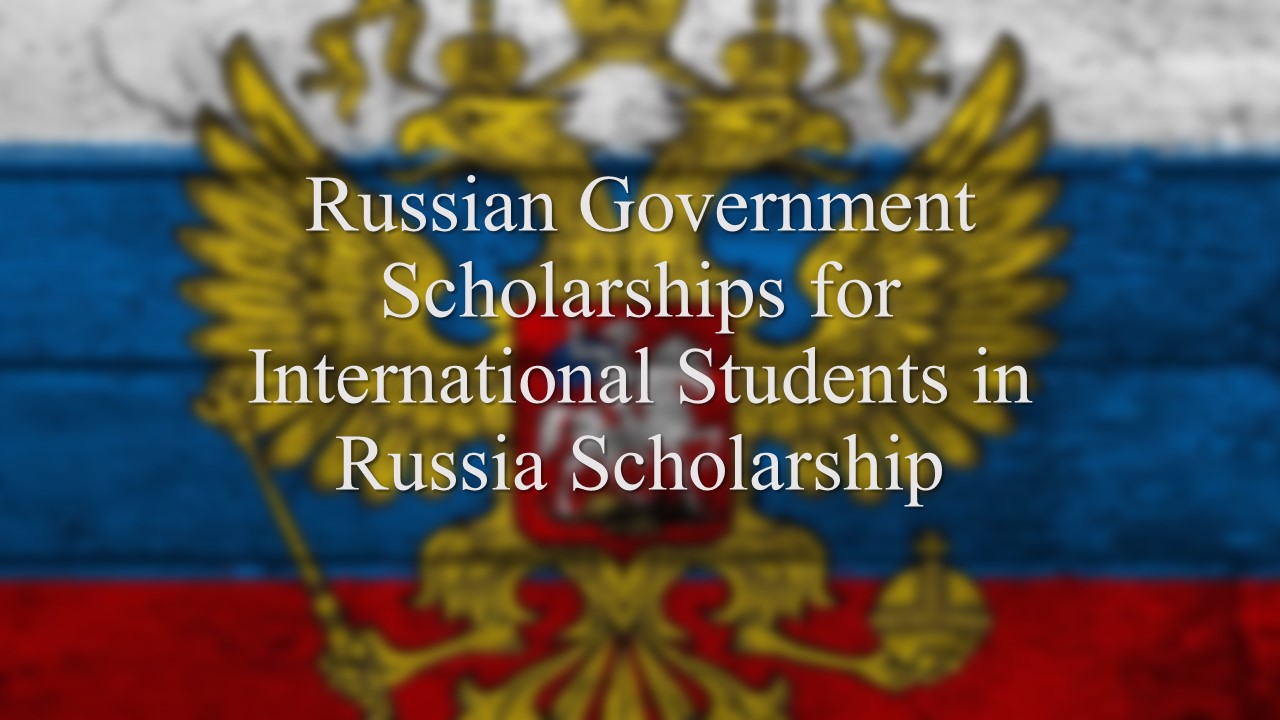
Carotid sinus massage (CSM) is commonly used in a variety of settings, most commonly in the evaluation of paroxysmal supraventricular tachycardias (SVTs) as well as the evaluation of patients with suspected reflex syncope or carotid sinus hypersensitivity, which may be manifested as dizziness or syncope. Carotid sinus massage is also used in emergency settings to diagnose or treat paroxysmal supraventricular tachycardia.
Indications
Carotid sinus massage is also recommended for the initial treatment of hemodynamically stable paroxysmal supraventricular tachycardia. In addition, carotid sinus massage may help to clarify the type and origin of narrow-complex tachycardia.
Physiology
The carotid sinus senses changes in arterial blood pressure by means of baroreceptors — interwoven nerve endings of sensory neurons that extend throughout the adventitia along the first segment of the internal carotid artery, just above the carotid bifurcation. Baroreceptors are stimulated by the stretching of the blood-vessel wall. In response to high blood pressure, the firing rate of the nerve fibers increases, inhibiting the sympathetic nervous system and stimulating the parasympathetic nervous system through a centrally acting mechanism; the result is a decrease in blood pressure and heart rate.
Procedure
- The patient is placed in the supine position with the neck extended (ie, raising the chin away from the chest) to maximize access to the carotid artery. The carotid sinus is usually located inferior to the angle of the mandible at the level of the thyroid cartilage near the arterial impulse, at the upper border of the thyroid cartilage, medial to the sternocleidomastoid muscle.
- Hold your index and middle fingers together and slide them from the thyroid cartilage posteriorly, toward the patient’s spine, until you feel the carotid pulse.(figure above).
- Pressure is applied to one carotid sinus for 5 to 10 seconds. Although pulsatile pressure via vigorous circular motion may be more effective, steady pressure is recommended because it may be more reproducible.
- If the expected response is not obtained, the procedure is repeated on the other side after a one- to two-minute delay.
Response
- The expected responses vary somewhat depending upon the indication (ie, paroxysmal SVT versus carotid sinus hypersensitivity).
- For a patient with paroxysmal supraventricular tachycardia in whom carotid sinus massage is performed for both diagnostic and/or therapeutic purposes, the potential heart rate and rhythm responses are similar to those that can be seen following any vagal maneuver or the administration of adenosine. Potential outcomes include slowing of sinoatrial nodal activity, block at the atrioventricular node "unmasking" atrial activity, termination of the SVT, or no response (generally indicating inadequate performance of the technique). The typical blood-pressure response to carotid sinus massage may be mild.
- For a patient with suspected carotid sinus hypersensitivity in whom carotid sinus massage is performed, a positive response is defined as asystole for 3 or more seconds or a >50 mmHg drop in systolic blood pressure.
- Carotid sinus massage is contraindicated in patients who are at risk for stroke due to carotid artery disease.
- It is also contraindicated in patients who have had a transient ischemic attack or stroke within the preceding 3 months or who have clinically significant ipsilateral carotid stenosis or bruit.
- In patients who are at high risk for stroke, such as those with peripheral artery disease or coronary heart disease, it may be helpful for an experienced clinician to perform carotid Doppler ultrasonography before carotid massage is attempted.
- Complications from previous massage, myocardial infarction in the preceding 3 months, or any history of ventricular arrhythmia are also contraindications.
Complications
- Minor complications of carotid sinus massage include local discomfort or pain. Light-headedness or syncope may also occur. Serious complications, such as stroke or transient ischemic attack, are rare and have been estimated to occur at a rate of less than 0.5%.
- The risk of stroke or transient ischemic attack can be minimized by observing the contraindications to carotid sinus massage. In very rare instances, atrial fibrillation and ventricular tachyarrhythmia may be induced as a result of extreme bradycardia. The consequences of these complications can be minimized by making sure that all materials required for resuscitation are at hand.













